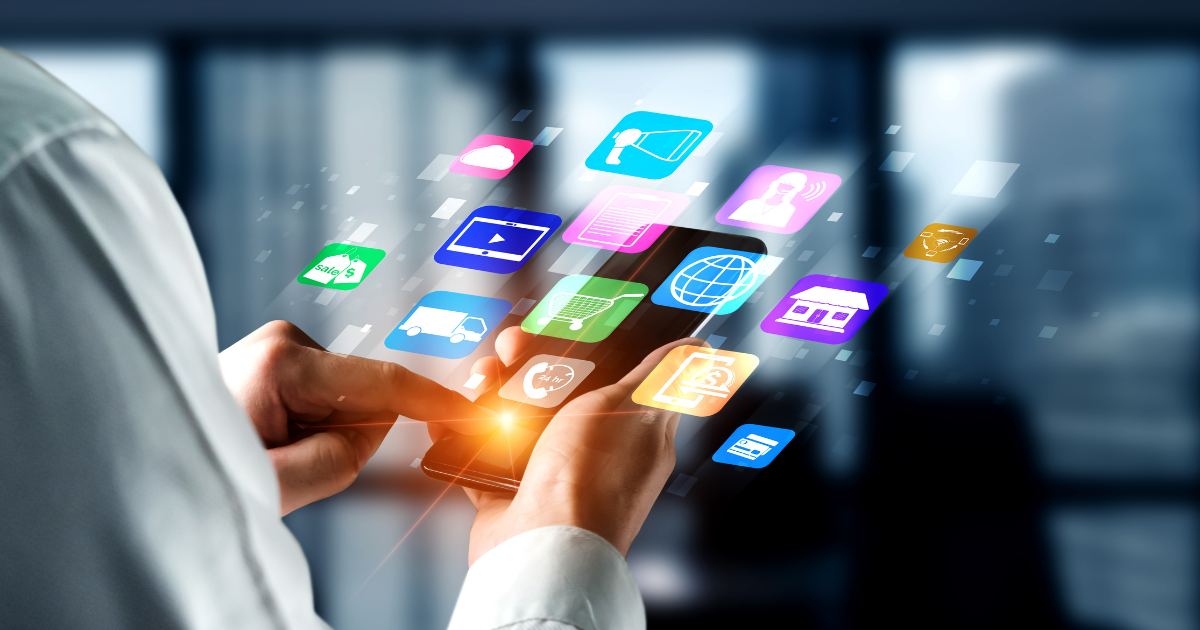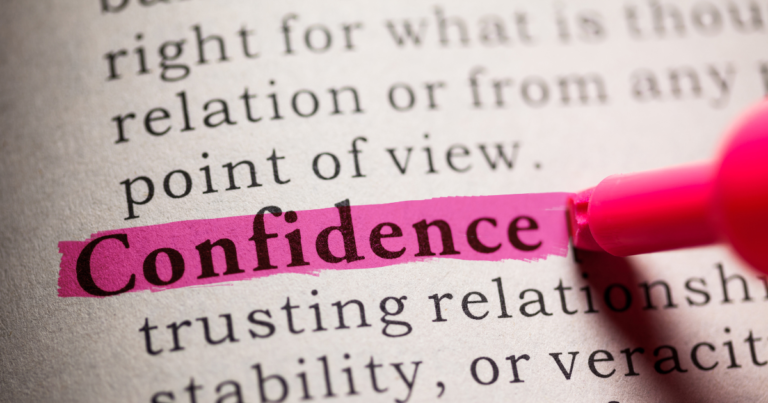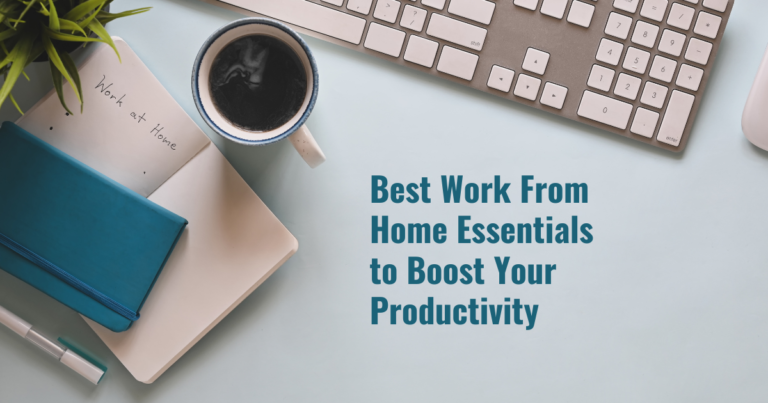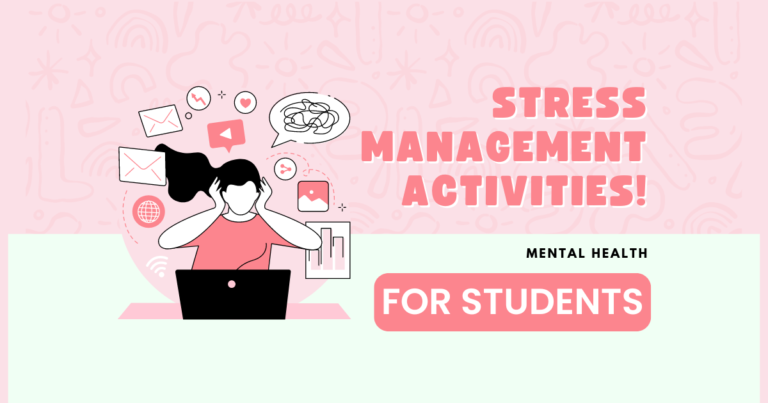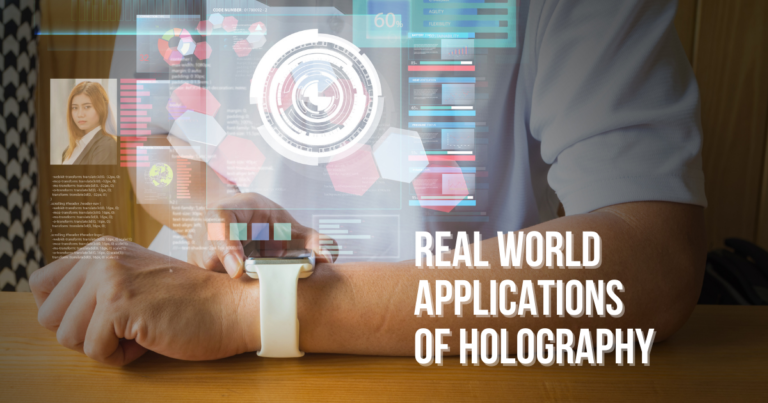The Impact of Technology on Mental Health in 2025
In the modern era, technology permeates almost every aspect of our lives. From smartphones and social media to virtual therapy and wellness apps, it has transformed how we communicate, learn, and cope. However, as our reliance on technology grows, so does the need to examine its effects on mental health. This blog explores the profound impact of technology on mental health, highlighting both its advantages and challenges while offering practical strategies for healthy usage.
Table of Contents
Positive Effects of Technology on Mental Health

Access to Mental Health Resources
Technology has made it much easier to access mental health support. Online therapy platforms like BetterHelp and Talkspace connect people with licensed therapists, removing challenges like traveling, strict schedules, or fear of judgment. You can talk to a therapist from home or anywhere, making therapy more flexible and accessible.
With these technologies, taking care of your mental health is easier and more convenient. Whether it’s talking to a therapist online or using a relaxation app during the day, these tools fit into everyday life and make mental health support more accessible for everyone.
Community Building and Support
Online communities are safe places where people can share their stories, get advice, and find support. Platforms like Reddit and Facebook Groups help connect individuals who face similar challenges, such as dealing with anxiety, grief, or health problems. These spaces let people speak openly, often anonymously, without fear of being judged.
By joining these groups, you can meet others who truly understand what you’re going through. This sense of connection can make you feel less lonely and more supported. Sharing experiences, asking questions, and getting tips from others who’ve been in similar situations can be comforting and helpful.
Mental Health Awareness
Social media campaigns and influencers play an important role in talking about mental health. By sharing their personal struggles and successes, influencers make mental health challenges feel more relatable and less scary. This openness helps others feel okay about discussing their feelings and asking for help.
Platforms like Instagram, TikTok, and YouTube use hashtags, videos, and posts to reach many people and start conversations about mental health. Campaigns like #ItsOkayToNotBeOkay encourage people to share their stories and support one another. These efforts help break the stigma, making it easier for everyone to talk about issues like anxiety or depression.
As more people open up, society becomes more understanding and supportive. Misunderstandings about mental health fade away, and compassion grows. Influencers also team up with mental health organizations to share useful resources and tips, helping their followers take steps toward feeling better.
Therapeutic Tools and Apps
The rise of mental health apps provides users with tools to manage stress, anxiety, and depression effectively. From guided CBT exercises to breathing techniques, these apps cater to a wide range of needs. Some even offer emergency support for those in crisis, ensuring help is always a click away.
Mental health apps such as Calm and Headspace offer tools to help people feel better. These apps include guided meditations, breathing exercises, and stress-relief techniques that can reduce anxiety, improve focus, and promote better sleep. They also let users track their emotions and moods, helping them understand their mental health over time.
Negative Effects of Technology on Mental Health

Excessive Screen Time and Sleep Disruption
Spending too much time on screens, especially at night, can harm your mental health. Devices like phones and tablets give off blue light that messes with your body’s natural sleep cycle. This can make it hard to fall asleep, cause insomnia, and leave you feeling tired the next day.
When sleep is disrupted for a long time, it can lead to more stress, anxiety, and even depression. Kids and teens are especially at risk because their minds are still growing, and they often use screens a lot for school and socializing.
Too much screen time can also make people feel lonely, reduce physical activity, and create pressure from social media. Seeing perfect lives online can hurt self-esteem and increase stress.
Cyberbullying and Social Comparison
Social media has made cyberbullying worse, allowing people to hurt others online. Victims often feel anxious, sad, and lonely because the hurtful comments are public and hard to escape. This is especially harmful to young people who may struggle with negative feedback.
Social media also shows unrealistic lifestyles, where people post only their best moments and edited photos. This can make others feel like they don’t measure up. When people, especially teens, compare their lives to these perfect images, they may start feeling inadequate and low in self-esteem.
Technology Dependence
While technology makes things easier, relying too much on it can hurt your mental health. Getting validation from likes and shares on social media creates a cycle where you feel your worth depends on approval from others. This can lower your self-esteem.
Also, spending too much time online can replace face-to-face interactions, which are important for building social skills and emotional connections. Real-life conversations help us feel understood and supported. If we focus too much on online connections, we might miss out on developing these important skills, which can affect our relationships and happiness.
It’s important to find a balance between using technology and spending time with people in real life to support your mental and emotional well-being.
Reduced Physical Activity
Spending too much time on screens can lead to sitting around too much, which isn’t good for your body or mind. Moving your body through exercise helps release endorphins, which are chemicals in the brain that improve mood and reduce stress. But when we stay inactive, like sitting for long periods in front of a screen, we miss out on these mood-boosting benefits.
This lack of movement can lead to feelings of anxiety or depression. To stay mentally and physically healthy, it’s important to make time for exercise every day, even if it’s just a short walk or stretching. A balance between screen time and physical activity is key to feeling good.
Strategies for Healthy Technology Use
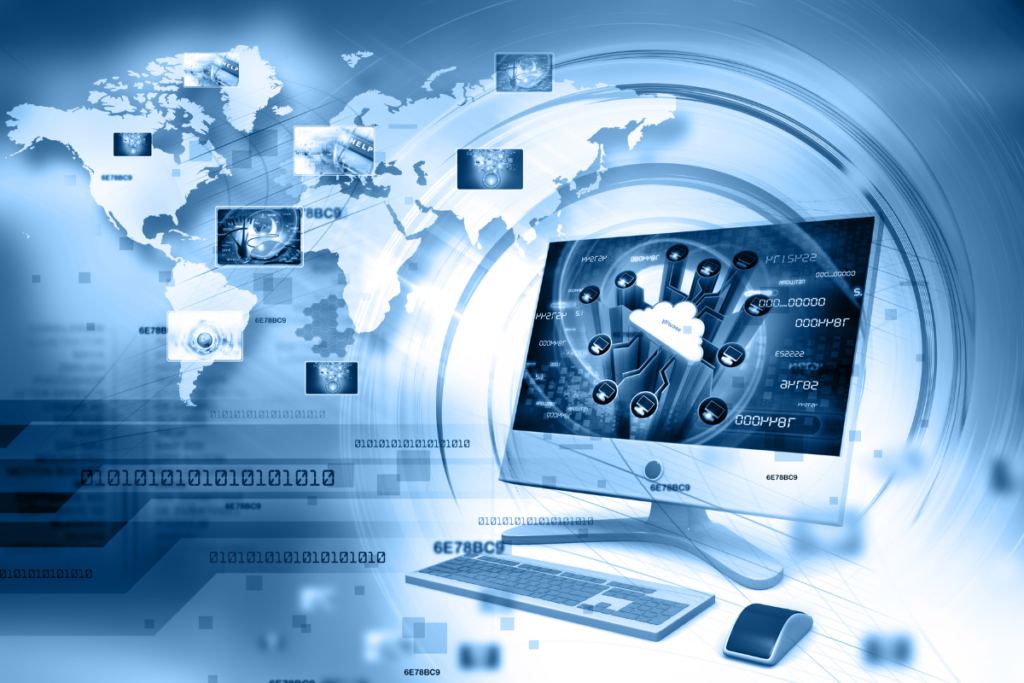
Setting Digital Boundaries
It’s important to create healthy habits when using technology. Here are some simple ways to do that:
- Limit Screen Time: Try to use screens only during certain hours. This helps you spend time doing other important things like exercising, enjoying hobbies, or being with family and friends.
- Make Tech-Free Zones: Set places like your bedroom or dining area where no tech is allowed. This helps you relax, sleep better, and spend time focusing on other things without distractions.
- Turn Off Notifications: Constant notifications can interrupt your day and cause stress. Turn off notifications for things that aren’t urgent during personal or family time to stay focused on the moment.
Encouraging Real-Life Interactions
It’s important to balance online connections with face-to-face time to keep your mental and emotional health strong. While virtual connections are easy, spending time with people in real life is more meaningful. Here are some simple ways to build stronger real-life relationships:
Go to Local Events: Attend things happening in your community, like festivals, volunteer work, or social meetups. These events help you feel more connected to others and create real relationships.
Spend Time with Loved Ones: Take time away from screens and enjoy moments with family and friends. Whether it’s eating together, walking, or just chatting, it helps build strong connections.
Join Groups or Clubs: Look for local groups or activities where you can meet new people who enjoy the same things. It’s a great way to make friends outside of the online world.
Selecting Positive Content
To protect your mental health, it’s important to carefully choose what you follow online. Follow accounts that make you feel inspired, motivated, or happy. Whether it’s for personal growth, creativity, or positive messages, these accounts can help boost your mood and energy. Positive online content can make you feel more empowered and focused on your goals.
At the same time, it’s okay to mute or unfollow accounts that make you feel stressed, anxious, or bad about yourself. Social media should not make you feel worse. By controlling what you see, you can create a healthier online space that supports your emotional well-being.
Incorporating Mindfulness and Digital Detoxes
Mindfulness means paying attention to your thoughts and actions, including how much time you spend on technology. By being mindful, you can notice if your tech use is becoming overwhelming or unhealthy. Taking regular breaks from screens—called digital detoxes—can help reduce stress and improve focus. These breaks give you a chance to rest, be present, and restore balance.
During a digital detox, try spending time outdoors, reading, or enjoying hobbies you like. These activities help refresh your mind and body, giving you a break from the constant noise of technology. Disconnecting can help you feel more creative, productive, and mentally healthy.
Technology’s impact on mental health is multifaceted, offering both opportunities and challenges. While it enhances access to resources, fosters community, and raises awareness, it also introduces risks such as excessive screen time, dependency, and cyberbullying. Striking a balance is the key to reaping its benefits while avoiding pitfalls. By implementing mindful strategies, individuals can navigate the digital age in a way that supports and enriches their mental health.
1. What are the main benefits of technology for mental health?
Technology improves access to resources, connects people with supportive communities, and raises awareness about mental health issues through social media and apps.
2. How can technology negatively affect mental health?
Excessive screen time, cyberbullying, social comparison, and reduced physical activity are among the key negative impacts of technology on mental health.
3. What steps can I take to limit technology’s negative effects?
Set digital boundaries, prioritize real-life interactions, curate positive content, and incorporate mindfulness practices or digital detoxes into your routine.
4. Are there apps to help with digital detoxing?
Yes, apps like Offtime, Forest, and StayFree help users monitor and limit screen time, promoting healthier tech habits.
5. How does social media influence mental health?
While it fosters connections and raises awareness, social media can also lead to social comparison, low self-esteem, and exposure to cyberbullying. Striking a balance is essential.

